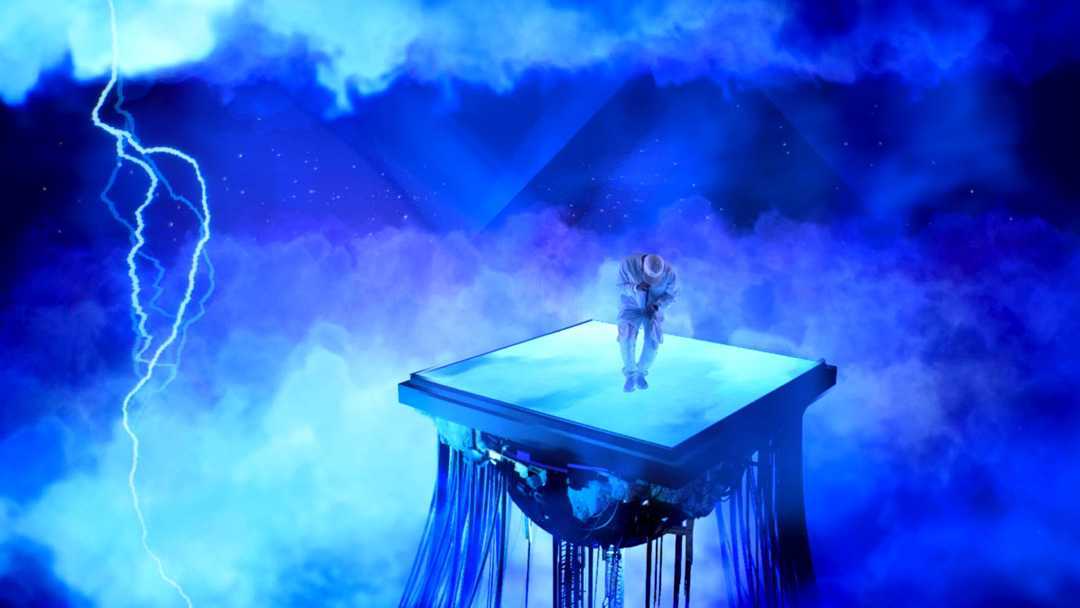Robe helps create the look for Bryson Tiller
- Details

Xite Labs - founded in 2018 by visual and production design specialists Greg Russel and Vello Virkhaus - was approached by producer Amish Dani and creative studio the 92 Group to assist the project in the production of ‘stunning XR environments’. They received a detailed brief with a set of storyboard images and a flow concept of the four dynamic worlds that they wanted to build. The 3D spaces were created by multiple highly skilled artists commissioned by Xite Labs using Unreal Engine and Notch.
For the shoot, the physical studio design comprised three-sides - including a back wall - of LED, an LED floor with rear lights at high angles following the back wall curve, plus several front and side filler lights.
Two cameras were involved, one mounted on tripod and one on the end of a human-operated 10ft arm crane. The crane camera was fitted with a Canon 18-105 lens, and a stYpe Red Spy optical camera tracking system, the combination of which enabled a wide range of motion and looks.
The secondary camera had a long lens and was offset to the left of the main LED screen and used for a range of classic static telephoto looks.
To support and complement any sort of XR / AR performance, it is crucial that lighting is fully aligned with the environments - which exist only in the background - to avoid the subject looking ‘shopped’ on camera.
“In XR / ER / AR, etc. lighting has to provide all the ambient light and the many related subtleties from the environment that would normally affect a subject,” explained Vello, so it must be super precise and very carefully thought-through.
On this occasion, the Robe Tetra2s were used for side fills, the T1 Profiles and BMFL Blades were rigged in the front and high side lighting positions, while the SuperSpikies were at the back.
All of these provided light on Tiller that closely mirrored the activity of the richly contrasting environments which included shadows from trees or pulsing lights from glowing mushrooms bursting with colour and other elaborate fantasy plant life, to vast open spaces with dramatic stark minimal blocks of colour and texture.
“All these needed lighting applied that reflected on the artist and created that fully immersive look,” stated Vello.
The BMFL Blades were brought in as an extra by DoP Russ Fraser and used to side light the artist and create patterns and light movement.
A grandMA2 system was used for control, with lighting and video cues timecoded for perfect synchronicity between the creative and narrative events.
The biggest challenge was creating longform narrative worlds that would transform seamlessly from one song to the next through complex spatial, geometric and lighting sequences and “drilling more deeply into the cinematic aspects of Extended Reality”. A total of 14 songs were recorded.
Lighting equipment was supplied by Russ Fraser Films and the production company was HPLA with Bryson Tiller, Ryan Hahn, and Neil Dominique as executive producers.
Mike Carson was the show director, and the overall creative direction was a collaboration between Amish Dani, Sam Ashcroft, Vello Virkhaus and Greg Russell. Lighting director was Mike Robertson from Lightswitch who also did the timecode pre-programming and show file setup, and the d3 server operator was Simon Anaya.
















